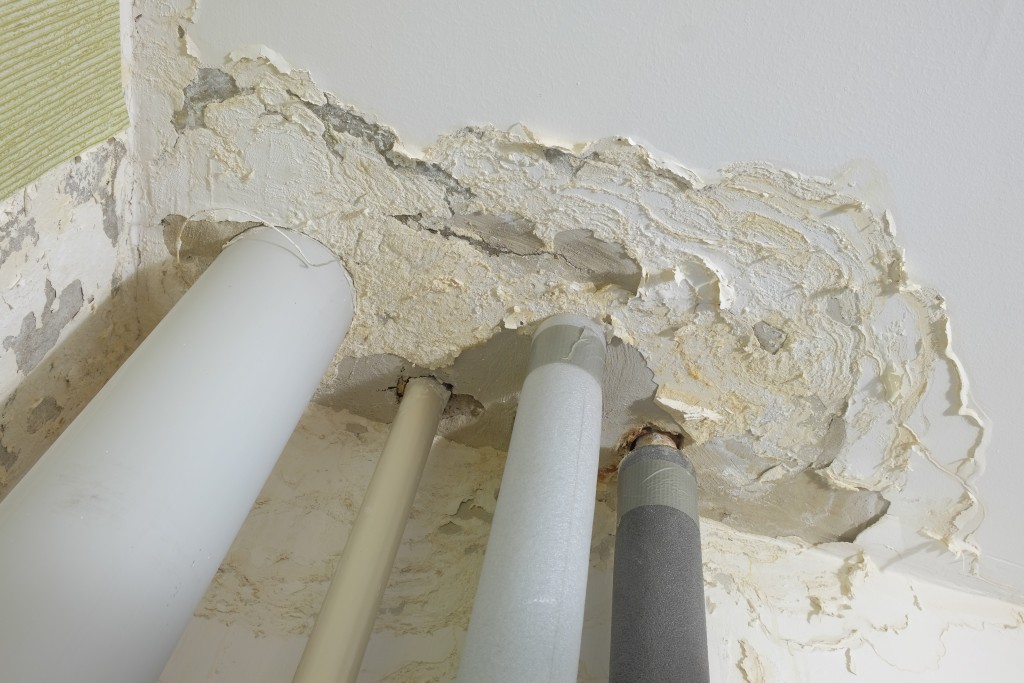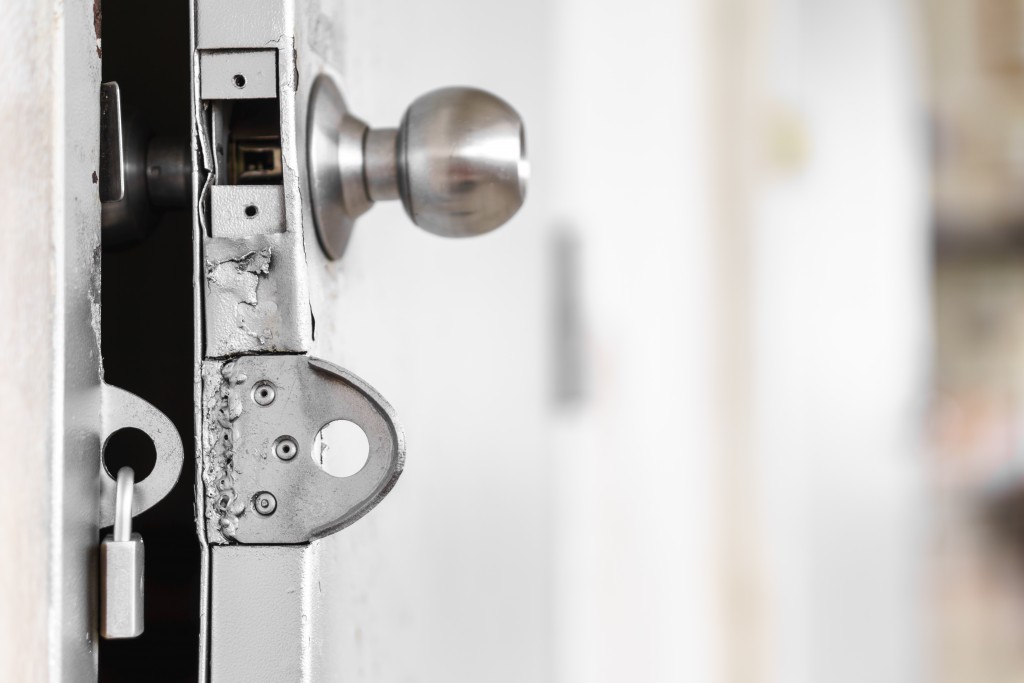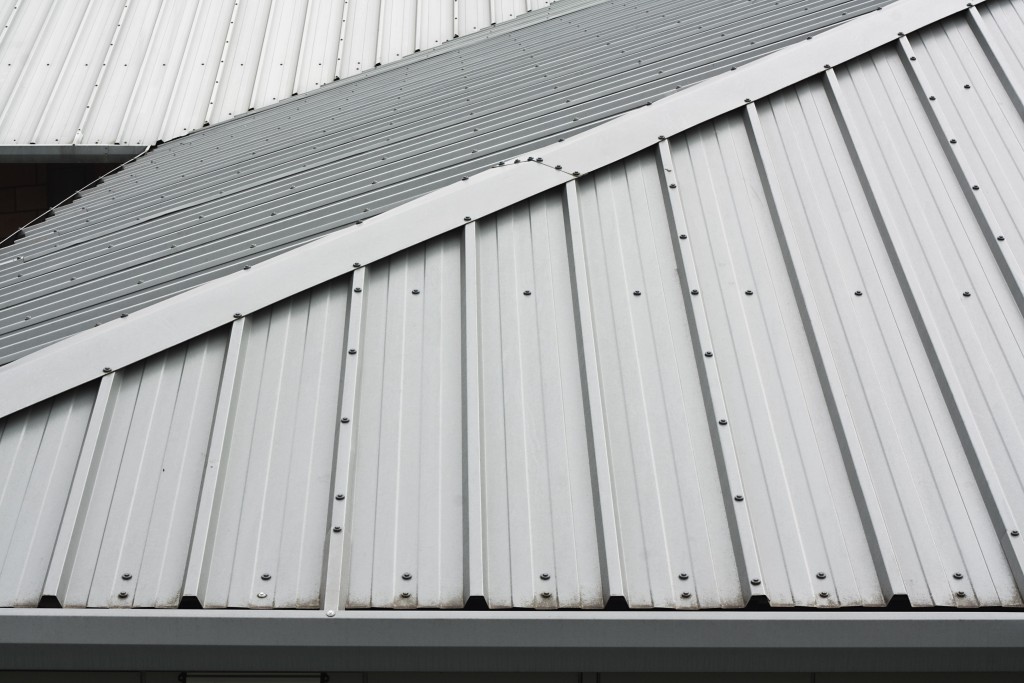The United States experiences around 100,000 thunderstorms every year. This detail makes it an essential task for homeowners to not only stay prepared but also make sure they do the proper checks on their homes in the storm’s aftermath. In the event your city is hit, whether it’s severe or manageable, here are some important things you need to check when the weather subsides.
-
Inspect the roof
Your roof can take a beating from a combination of heavy rain and harsh winds that can bring with it some debris and hail. More obvious damage is easier to detect because you’ll likely see waterlogging effects from inside the house on your ceiling or down your exterior walls.
It’s important to do a thorough check even if you don’t see apparent issues, though, because there could be underlying or less visible concerns. They can significantly affect the stability and integrity of your roofing.
Contractors on residential roofing in New Orleans have noted that most homeowners don’t get to check their roofs thoroughly, especially when they don’t see damage from a quick scan. This poses a lot of danger as the roof of a home can determine the strength of many parts of the structure and cause further problems if the gutters are clogged, shingles are broken, or cracks occur in the foundation. Getting a post-storm inspection should be a priority so that any necessary repairs can be done.
-
Check your siding
The exteriors of your home can take a lot of damage, and the siding of your property is a likely target of damage if the weather gets severe. It’s best to check for cracks and loosening. Over time, these can worsen and cause other structural harm to the rest of your exteriors, walls, and even any people who might be nearby.
Depending on the material used, your siding can also get moisture damage that adds another layer of issues aside from trauma that may have been sustained from winds and debris. It’s best to ensure that water didn’t seep in and that there aren’t any suspicious splits that can lead to major breakage.
-
Examine all windows

This action is especially crucial if you have not installed any storm windows in your home. While it will be much easier to detect breakage on windows that are shattered, it’s also important to be stringent on examining possible hairline cracks on the glass and issues with the frames and panels.
These less noticeable issues affect the structural and foundational integrity of your property, making it a risk that needs to be addressed immediately. There can also be sustained damage in the corners of your windows that can cause leaks of air and water that are a hassle to maintain.
It’s wise to check on all of these matters as soon as the weather calms down. Doing this can help you move forward safely without the risk of more dangers and damage. If you feel that some assessments aren’t that safe or you’re unsure how to go about it thoroughly, reach out to a professional to get an inspection and avoid further loss.




